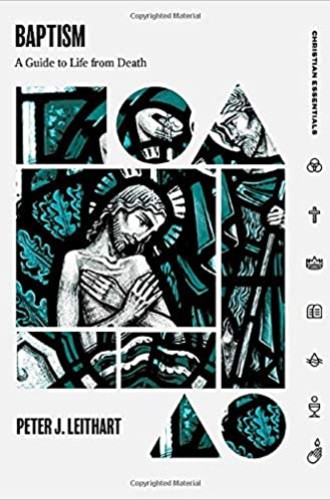The frightening side of baptism
Peter Leithart argues that the sacrament’s violence is surprisingly good news.
Baptism: A Guide to Life from Death aims to bridge the divisions that exist within Christianity over baptism. Part of Lexham Press’s Christian Essentials series, Peter Leithart’s book focuses on the theological foundations of the sacrament, which Leithart believes are the key to arriving at a unified understanding. The theologian and minister calls quarrels over baptism a “travesty,” expressing dismay that “God’s sign of unity is a spring of division.” He argues that “to arrive at unity, we need to recover the baptismal imagination of earlier generations. We need to start at the foundation and work our way up.”
Leithart begins by establishing a definition of what, exactly, baptism is. Baptism is a “doorway” to the church; it works “because the church works.” Jesus’ baptism is the one true baptism, so “every other baptism unites us to the baptism of Jesus.” Baptism is performative. It “doesn’t just picture an announcement, [it] announces.” It is the gospel. It is a seal, God’s brand on us.
Baptism is also independent of us: “Baptism preaches whether or not anyone believes it. . . . Baptism is a ritual clock. It tells the world’s time . . . even if no one sets his watch by it.” The water does not care whom it baptizes, how much or how little that person believes in the sacrament. It is only us humans who have qualms over whether the baptized person fully understands what’s happening; the water just baptizes.





